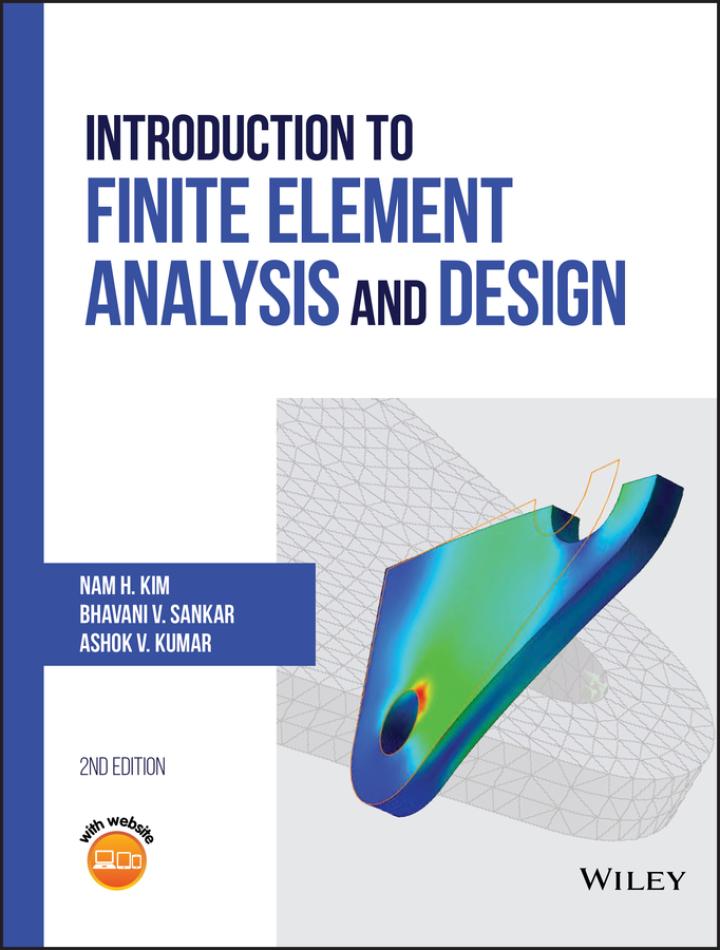Answer the following descriptive questions. a. Explain the difference between the essential and natural boundary conditions. b.
Question:
Answer the following descriptive questions.
a. Explain the difference between the essential and natural boundary conditions.
b. The beambending problem is governed by a fourthorder differential equation.
Explain what are the essential and natural boundary conditions for the beambending problem.
c. What is the basic requirement of the trial functions in the Galerkin method?
d. What is the advantage of the Galerkin method compared to other weighted residual methods?
e. A tip load is applied to a cantilevered beam. When \(w(\mathrm{x})=c_{1} x^{2}+c_{2} x^{3}\) is used as a trial function, will the Galerkin method yield the accurate solution or an approximate one?
f. A uniformly distributed load is applied to a cantilevered beam. When \(w(\mathrm{x})=c_{1} x^{2}+c_{2} x^{3}\) is used as a trial function, will the Galerkin method yield the accurate solution or an approximate one?
g. For a simply supported beam, can \(w(\mathrm{x})=c_{0}+c_{1} x+c_{2} x^{2}+c_{3} x^{3}\) be a trial function or not? Explain why.
h. List at least three advantages of the finite element method compared to the weighted residual method.
i. Explain why the displacement is continuous across element boundary, but stress is not.
j. If a higherorder element, such as a quadratic element, is used, will stress be continuous across element boundary?
k. A cantilevered beam problem is solved using the RayleighRitz method with assumed deflection function \(w(\mathrm{x})=c_{0}+c_{1} x+c_{2} x^{2}+c_{3} x^{3}\). What are the values of \(c_{0}\) and \(c_{1}\) ? Explain why.
l. For the RayleighRitz method, you can assume the form of solution, such as a combination of polynomials. What is the condition that this form needs to satisfy?
Step by Step Answer:

Introduction To Finite Element Analysis And Design
ISBN: 9781119078722
2nd Edition
Authors: Nam H. Kim, Bhavani V. Sankar, Ashok V. Kumar





